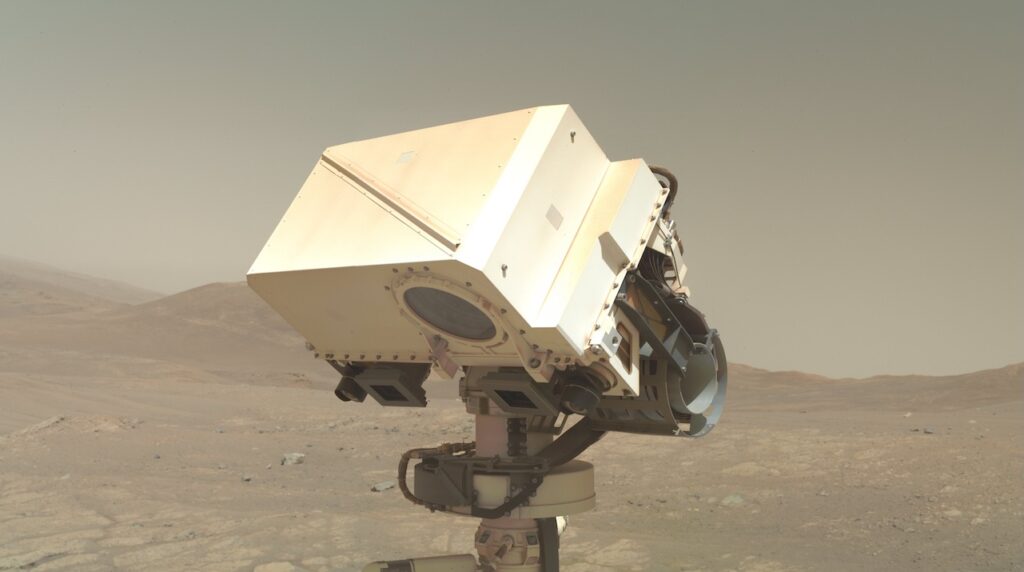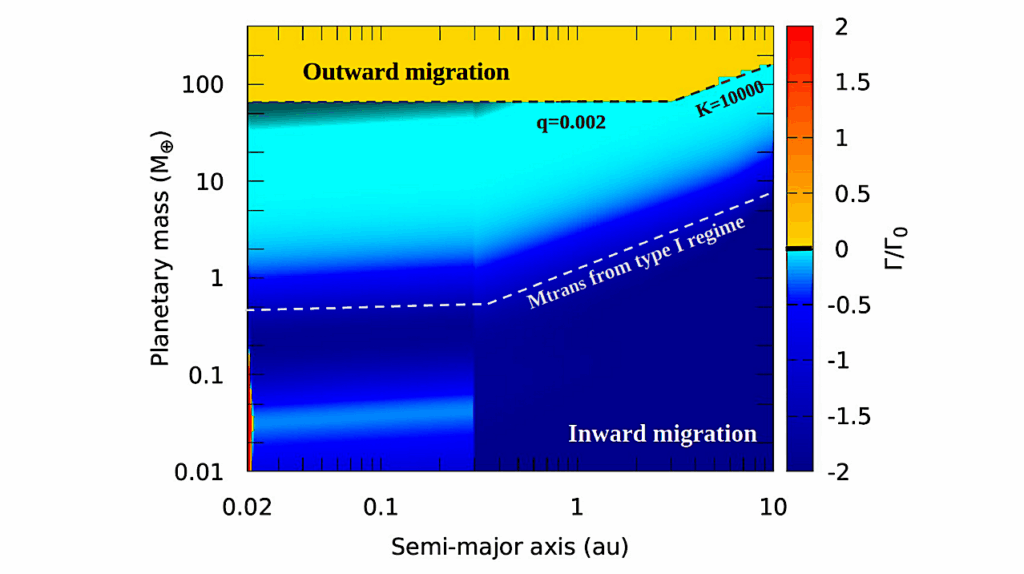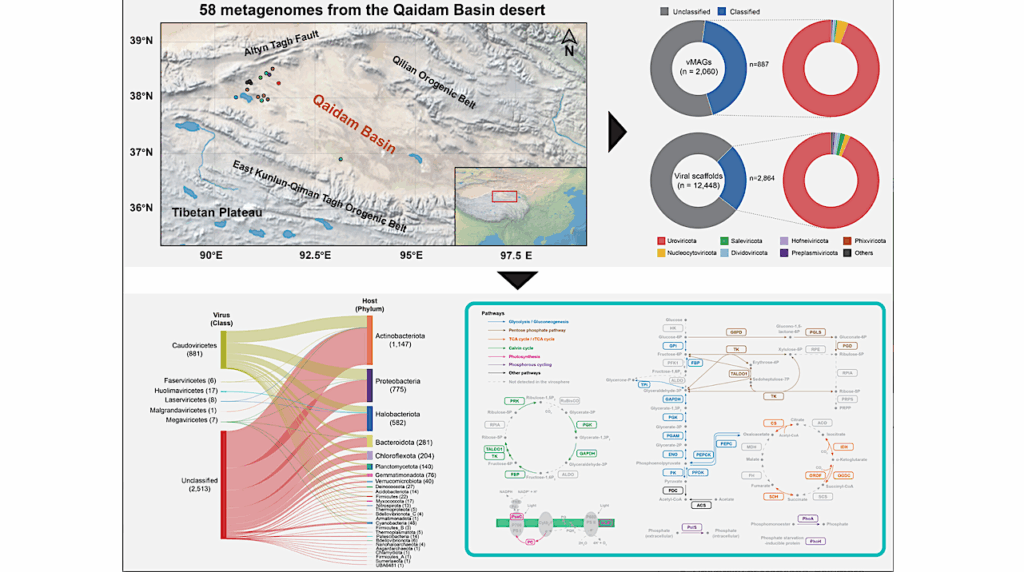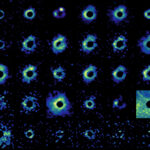Now Reading: Monosilane Worlds: Sub-Neptunes with Atmospheres Shaped by Reduced Magma Oceans
-
01
Monosilane Worlds: Sub-Neptunes with Atmospheres Shaped by Reduced Magma Oceans
Monosilane Worlds: Sub-Neptunes with Atmospheres Shaped by Reduced Magma Oceans
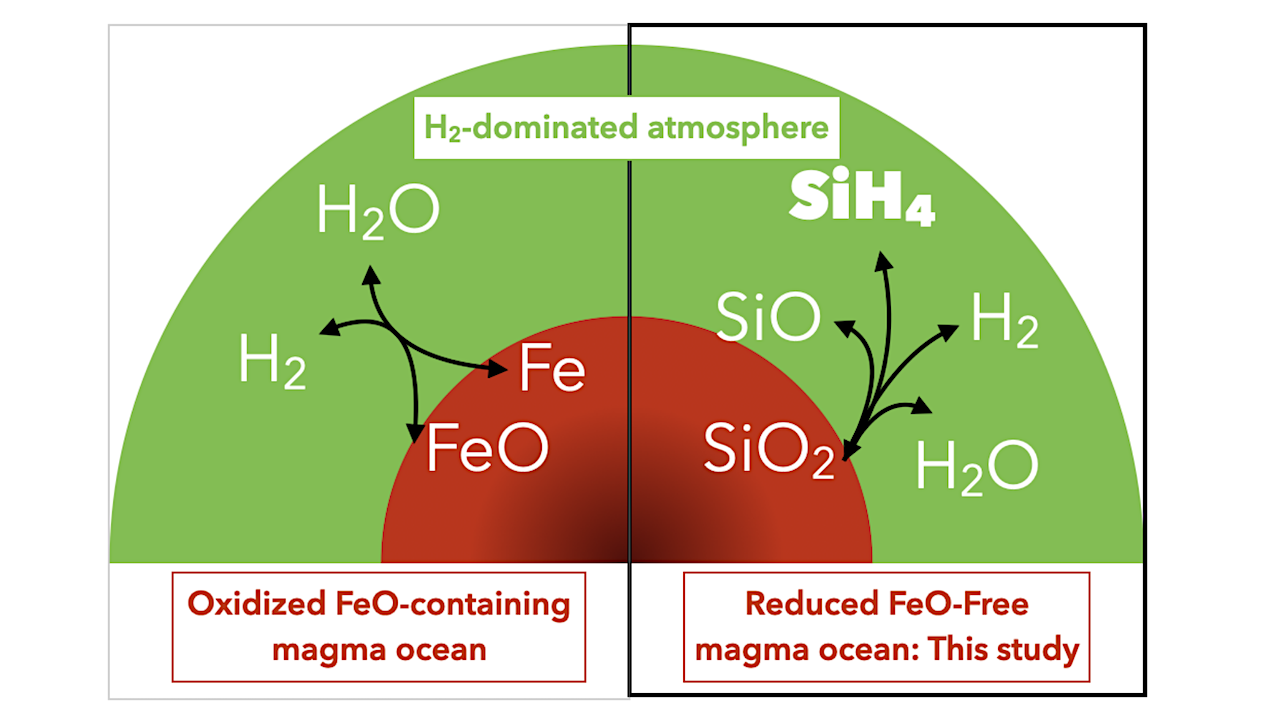

Schematic illustration of chemical interaction between an hydrogen-dominated atmosphere and a magma ocean in sub-Neptune with an oxidized FeO-containing magma ocean (left panel) and a reduced FeO-free magma ocean. Note that the focus of this study is the chemical interaction in sub-Neptune with a reduced FeO-free magma ocean. — astro-ph.EP
High-precision infrared spectroscopic measurements now enable detailed characterization of sub-Neptune atmospheres, potentially providing constraints on their interiors. Motivated by this, atmospheric models have been developed to explore chemical interactions between hydrogen-dominated atmospheres and possibly underlying magma oceans with various redox states.
Recent models have predicted monosilane (SiH4) as a potential atmospheric species derived from magma oceans in sub-Neptunes, but suggested that it is highly depleted in the observable atmospheric layers.
Here, we propose that SiH4 can persist throughout the atmospheres of sub-Neptunes with FeO-free reduced magma oceans by considering the dissolution of H2O into the magma oceans, a factor not accounted for in previous models. We construct a one-dimensional atmospheric model to simulate the chemical equilibrium composition of hydrogen-dominated atmospheres overlying FeO-free magma oceans, incorporating H-O-Si chemistry.
Our results show that the dissolution of H2O enhances the SiH4 molar fraction to levels of 0.1–10~%, preventing it from reverting to silicates in the upper atmospheric layers. We find that SiH4-rich atmospheres can exist across a broad parameter space with ground temperatures of 2000–6000~K and hydrogen pressures of 102–105~bar. We discuss that SiH4-rich atmospheres could contain the other silanes but lack C-/N-/O-bearing species.
The detection of SiH4 in future observations of sub-Neptunes would provide compelling evidence for the presence of a rocky core with a reduced magma ocean. However, the accuracy of our model is limited by the lack of data on the non-ideal behavior and radiative properties of SiH4, highlighting the need for further numerical and laboratory investigations.
Yuichi Ito, Tadahiro Kimura, Kazumasa Ohno, Yuka Fujii, Masahiro Ikoma
Comments: 27 pages, 15 figures, accepted in ApJ
Subjects: Earth and Planetary Astrophysics (astro-ph.EP)
Cite as: arXiv:2505.03200 [astro-ph.EP] (or arXiv:2505.03200v1 [astro-ph.EP] for this version)
https://doi.org/10.48550/arXiv.2505.03200
Focus to learn more
Submission history
From: Yuichi Ito
[v1] Tue, 6 May 2025 05:36:12 UTC (9,593 KB)
https://arxiv.org/abs/2505.03200
Astrobiology
Stay Informed With the Latest & Most Important News
Previous Post
Next Post
-
 012024 in Review: Highlights from NASA in Silicon Valley
012024 in Review: Highlights from NASA in Silicon Valley -
 02Panasonic Leica Summilux DG 15mm f/1.7 ASPH review
02Panasonic Leica Summilux DG 15mm f/1.7 ASPH review -
 03How New NASA, India Earth Satellite NISAR Will See Earth
03How New NASA, India Earth Satellite NISAR Will See Earth -
 04From Polymerization-Enabled Folding and Assembly to Chemical Evolution: Key Processes for Emergence of Functional Polymers in the Origin of Life
04From Polymerization-Enabled Folding and Assembly to Chemical Evolution: Key Processes for Emergence of Functional Polymers in the Origin of Life -
 05And Thus Begins A New Year For Life On Earth
05And Thus Begins A New Year For Life On Earth -
 06Astronomy Activation Ambassadors: A New Era
06Astronomy Activation Ambassadors: A New Era -
07SpaceX launch surge helps set new global launch record in 2024












